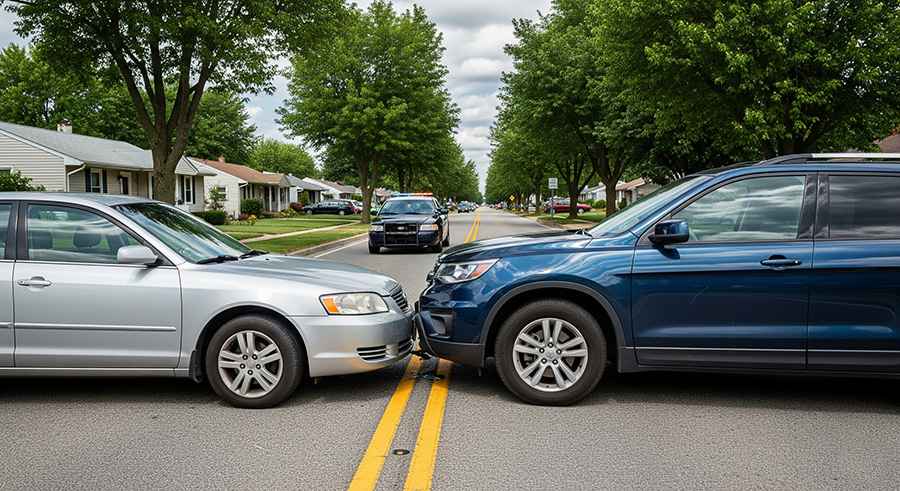The Most Dangerous (and Safest) States to Drive in the U.S.
Driving risks vary significantly across the United States due to differences in road conditions, weather patterns, traffic laws, and accident rates. By examining statistics on crashes, fatalities, theft, and driving-related offenses, it is possible to identify the states that present the highest and lowest risks for motorists.

National Overview
Each year, motorists in the U.S. collectively drive more than 3 trillion miles. There are over 220 million licensed drivers operating approximately 290 million vehicles. In 2017 alone, about 6.5 million motor vehicle accidents were reported nationwide. While only around 0.5% of crashes are fatal, that still results in roughly 50,000 deaths annually.
Factors That Influence Road Safety
Weather Conditions
Inclement weather is a significant contributor to traffic accidents. Approximately 20% of all crashes are weather-related, with nearly half occurring during rainfall. States with frequent rain, snow, or ice — such as Alaska, Hawai‘i, Mississippi, Louisiana, Alabama, and Florida — tend to have higher accident rates.
Vehicle Theft
In 2018, close to one million vehicles were reported stolen across the U.S. Smaller states such as Delaware and West Virginia rank highest in vehicle theft per capita, despite larger states like California, Texas, and Florida having greater total theft numbers. California, for example, records around 160,000 stolen vehicles annually but ranks ninth when theft rates are adjusted for population.
Fatal Accidents
States such as Alabama and South Carolina report close to 1,000 traffic fatalities annually, placing them among the most dangerous per capita. In Mississippi, Wyoming, and South Carolina, the odds of dying in a car accident are roughly 1 in 5,000. Larger states like California and Texas have more total fatalities but lower per capita rates. Safer states in terms of fatal accident rates include Minnesota, Massachusetts, and New York.
Driving Under the Influence (DUI)
In 2017, approximately 800,000 DUI arrests were made nationwide. States such as North Dakota and South Dakota have some of the highest per capita DUI rates, while larger states like Wisconsin and Colorado also report elevated numbers. When focusing on underage DUI offenses, Pennsylvania and Arizona have among the highest rates.
Key Takeaways
Road safety risks vary greatly between states, influenced by climate, driver behavior, enforcement of traffic laws, and crime rates. Understanding the statistics for a specific state can help drivers make informed decisions about travel habits, safety precautions, and advocacy for local improvements in traffic safety.